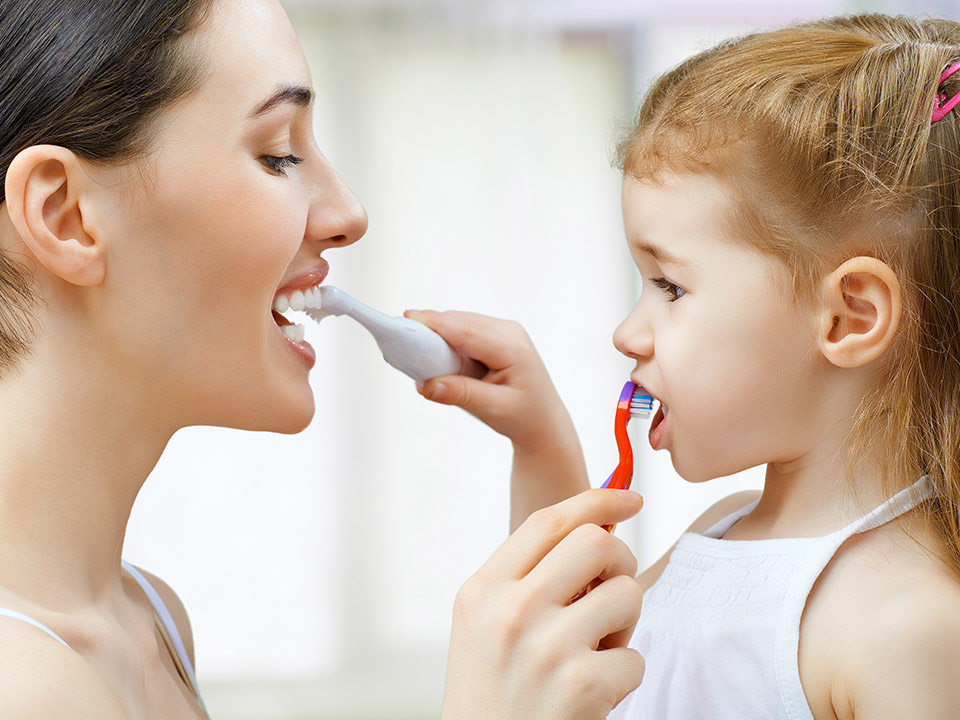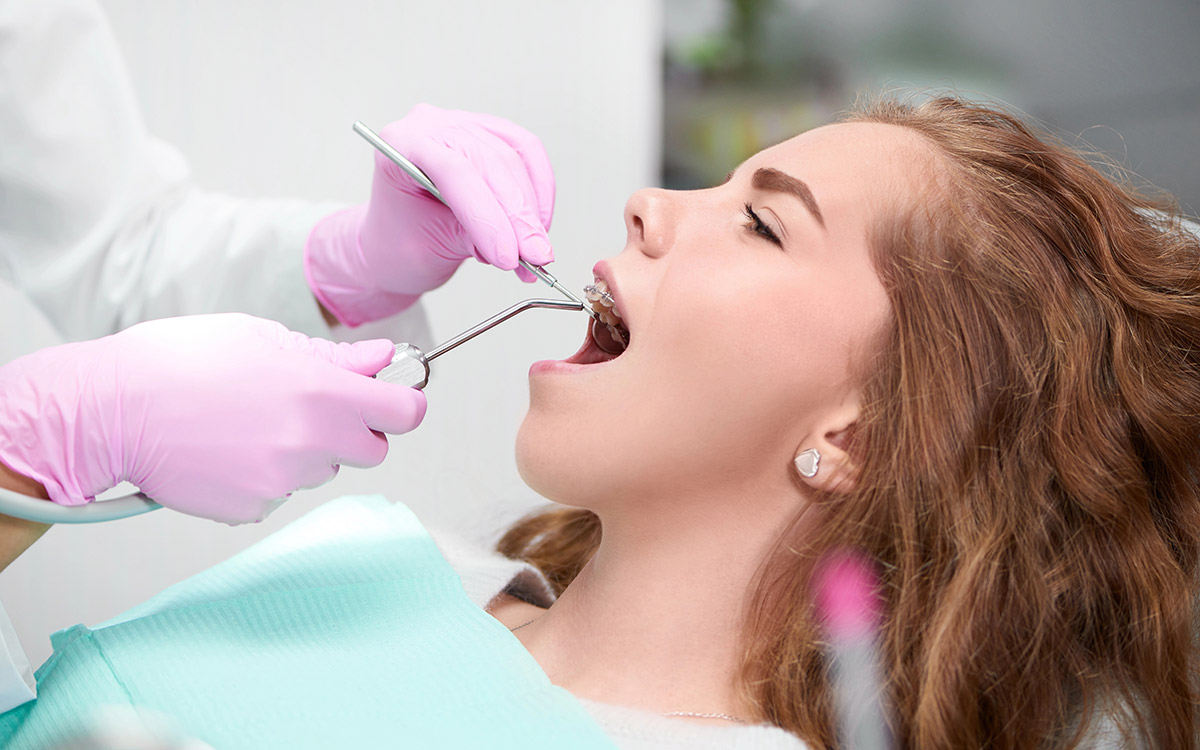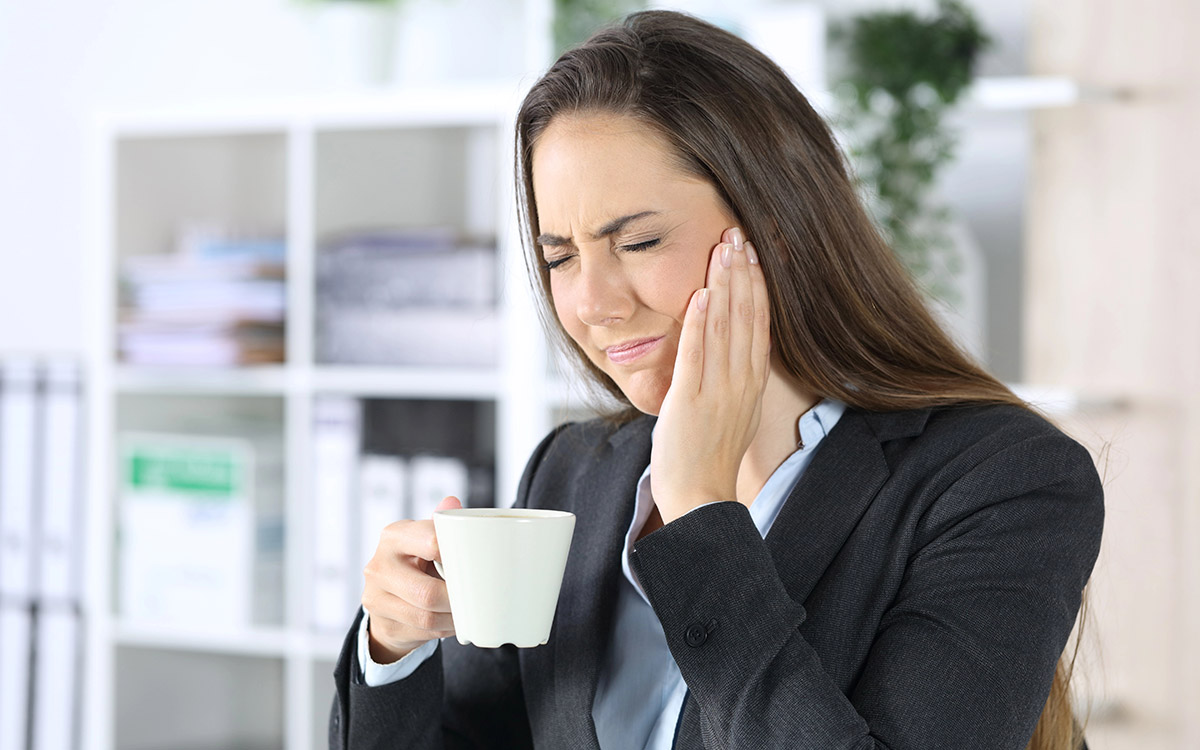Have you ever thought that you might be brushing your teeth wrong? Because it can happen. In fact, it happens to many adults daily.
Unfortunately, some people do not know how to brush their teeth effectively. And this is why you may be suffering from dental issues such as cavities, bad breath, and gum disease. Improper brushing techniques will not adequately free your mouth of bacteria and food particles.
Moreover, bad brushing techniques will erode the enamel, making you susceptible to sensitivity, weakened teeth, and other oral health issues.
There is a proper way of brushing your teeth to ensure that none of this happens. In fact, there is more than one technique. These techniques are designed to keep dental diseases at bay. Additionally, they ensure that you have fresh breath throughout the day by complementing flossing and tongue scraping.
Below you will find detailed information on the best brushing techniques for healthy teeth and gums. But first, explore some of the benefits of brushing your teeth.
Benefits Of Brushing Teeth
- It prevents cavities and other dental issues. Brushing your teeth is a great way to ensure that you do not develop dental problems such as gum disease and cavities. If you do not brush your teeth well, harmful bacteria will overrun your mouth, causing health problems. Therefore, you must always brush your teeth with toothpaste.
- It removes plaque. Plaque is a sticky film of saliva, bacteria, and food particles that sticks on the teeth. It is dangerous because the bacteria in plaque produce acids that erode the enamel. The enamel is the solid and hard outer layer of the teeth. It protects the teeth. When the enamel erodes, your teeth become weaker and more susceptible to sensitivity. And once the enamel is gone, there is no restoring it.
- It helps freshen your breath. Are you having trouble with bad breath? Consider brushing your teeth and using toothpaste. Bad breath is caused by decaying food particles caught in the teeth and tongue. Bacteria also causes bad breath. Brushing your teeth will significantly reduce bad breath. You can also gently brush your tongue to improve your breath. Flossing and tongue scrapping also work well against bad breath.
- It lowers the risk of heart diseases. And finally, did you know that brushing your teeth reduces the risk of heart disease and other illnesses? Unfortunately, bacteria can travel through the bloodstream. An abundance of bacteria in your mouth may enter the bloodstream and travel to your arteries, and harden. This puts you at risk of heart disease. It can also affect pregnancy, fertility, and other body organs. Brushing your teeth will help to manage bacteria, thus preventing infections.
Best Tooth Brushing Techniques
1. Bass or Sulcular Technique
This is the most effective method of removing plaque. It is ideal for periodontitis patients.
- Hold the toothbrush parallel to your teeth.
- Make the bristles face the gums.
- Tilt the brush at a 45-degree angle.
- Wiggle the toothbrush back and forth using small circular motions.
- Maintain the bristles under the gum tissue and use gentle pressure.
- Ensure your brush covers two to three teeth at a time.
- To brush the inside of the teeth, hold the brush in a vertical position and keep bristles under the gum surface.
- Don’t forget the surface of your chewing teeth and tongue.
2. Stillman’s Brushing Method
This is similar to the bass technique. The difference is that you use short horizontal strokes instead of circular motions. It is ideal for patients with gingivitis because it cleans debris from between the teeth. Additionally, it removes plaque from above the gumline better.
- Follow the first few steps of the bass technique.
- When wiggling the toothbrush, use short back and forth strokes
- Ensure that half of the bristles cover your teeth’ surfaces while the other half covers your gums.
- Move systematically from one area to the next after a few strokes.
- Pay attention to the chewing surfaces of molars.
- Don’t forget the tongue.
3. Circular Brushing Method
This method is ideal for young patients and people with motor skill problems. However, dentists recommend using this method with other brushing techniques.
- Hold the bristles at a 45-degree angle toward the gum line.
- Wiggle the toothbrush in small circular motions.
- Ensure that you overlap over every tooth surface until you reach all the teeth.
- Apply gentle pressure.
- Use the same motion for the inside surfaces of the back teeth.
- Use back and forth motions for the chewing surfaces of the back teeth.
- Don’t forget to brush your tongue.
- Always be careful not to damage any tissues when using this method.
4. Charter’s Brushing Method
This method of brushing is ideal for people with several issues. For example, if you have spaces between your teeth. Additionally, dentists recommend this method to people with exposed root surfaces, gum recession, or who have just undergone periodontal surgery. This method is also useful for patients with orthodontics.
- Place the bristles on the gum line at a 45-degree angle.
- Ensure the bristles are towards the chewing surface or crown of the tooth. (Opposite of the bass and Stillman technique)
- Wiggle the toothbrush using small circular motions or back and forth strokes.
- Ensure that you apply gentle pressure.
- Move to the next area systematically.
- Use the same pattern for the inner and outer surfaces of the teeth.
- Use the motion for chewing surfaces too.
5. Modified Bass Brushing Technique
The modified bass technique is similar to the bass technique. It is ideal for adults, and most people use it to achieve a dazzling and clean smile.
- Simply follow the first few steps of the bass technique.
- When it comes to cleaning the inside surfaces of the back teeth, move the brush in a back and forth motion.
- Use the same back and forth motion to clean the chewing surfaces of the back teeth.
- Clean the inside surface of the front upper teeth by tilting the brush vertically and using small up and down minions.
- Clean the inside surface of the front lower teeth by tilting the brush vertically, then moving the brush up and down.







